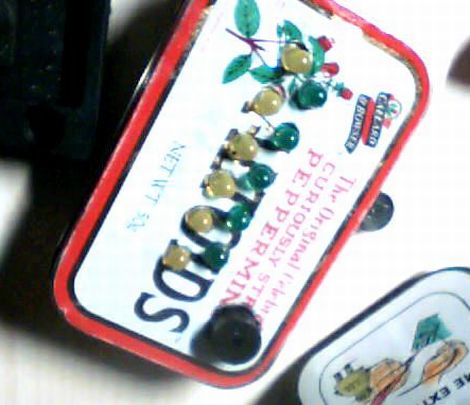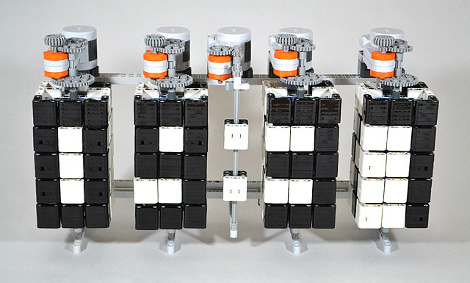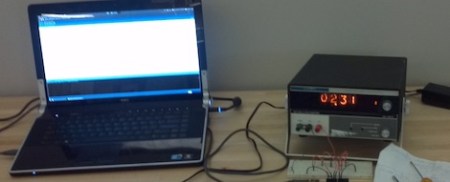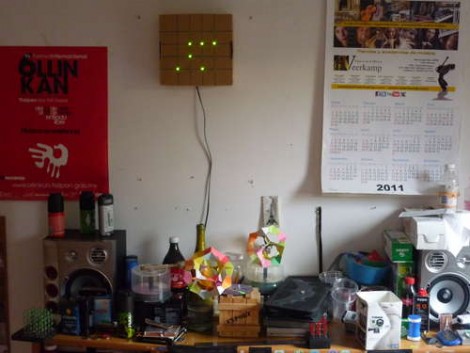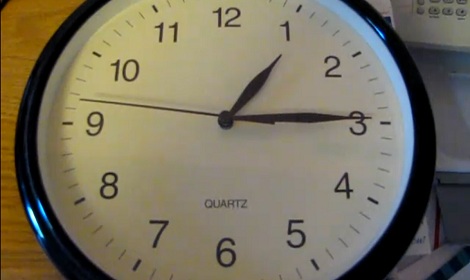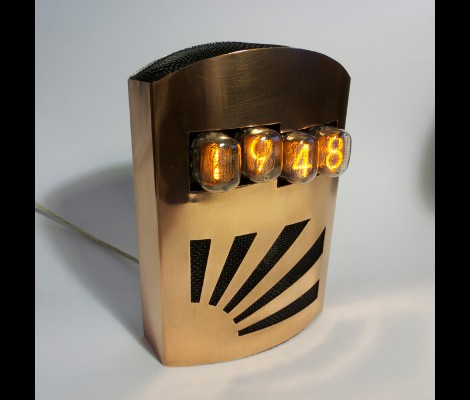
[Matt Evans] achieves a total win with his Nixie clock. Not only does he have the benefit of the retro display hardware, but he really catches our eye with the enclosure he built for it.
The project had its genesis when he came across a set of the Nixie Tubes in a surplus store. This was back in 2007, and with parts in hand he built the high-voltage driver circuit and a control board. The thing kept time, but was housed in a temporary case that was a bit rough looking. There it sat, waiting to become the focus of his attention once again.
When it did finally come time to build a proper case [Matt] started with a small sheet of recycled copper. He made the cutouts and bends by hand. He mentions that it’s a little uneven; maybe, but we don’t think it detracts from the design. Some black screen (like would be used on a porch door) covers the openings, giving texture and contrast to the facade.
We love the look, and the ATmega48 with a clock crystal for the RTC functions should make this a reliable time source.

